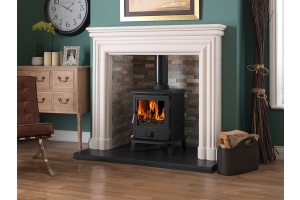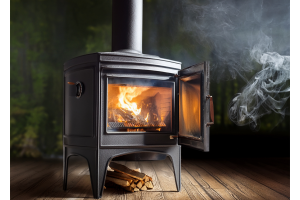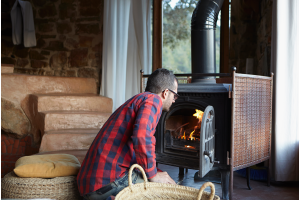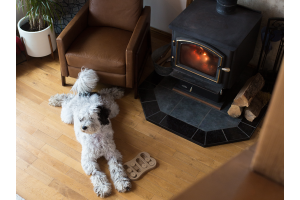New Government rules on wood burning stoves
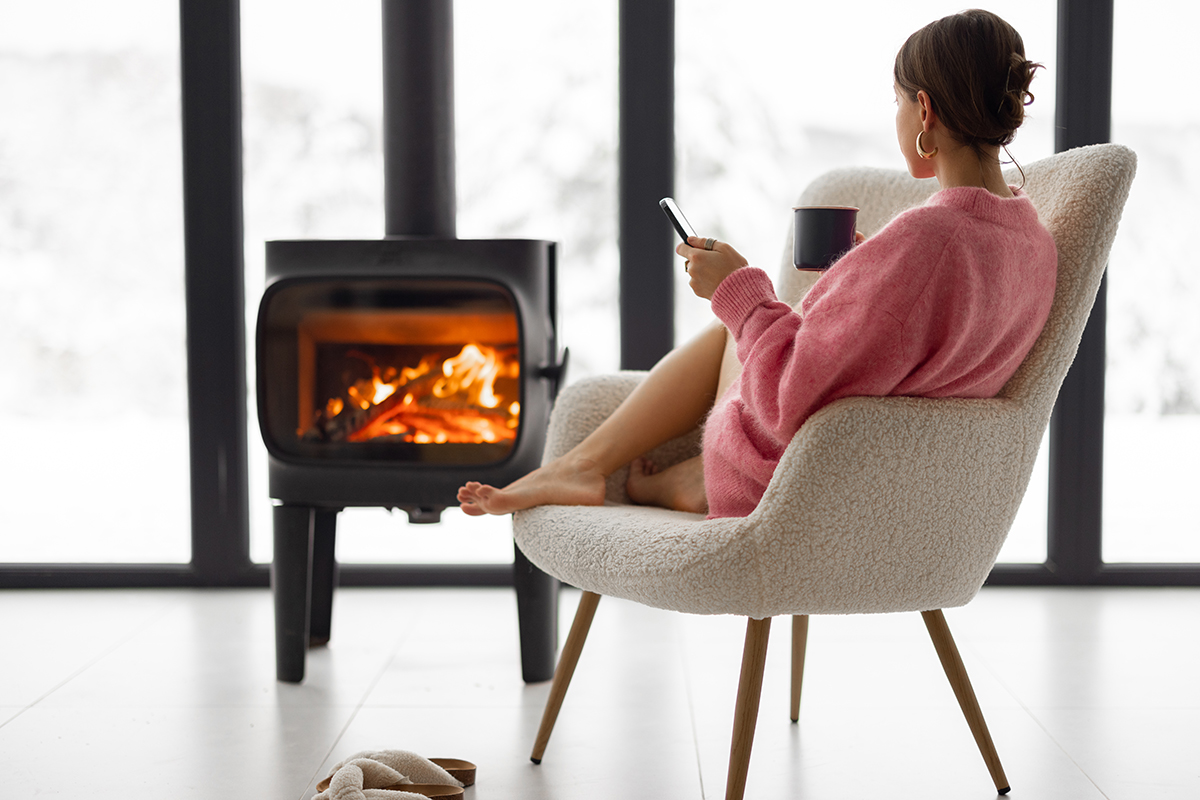
As gas and electricity prices rise, wood burners are becoming more popular.
To help people get cosy during the long cold nights of winter, more than a million and a half people have wood burning stoves in their homes, With a recent boom in people switching to solid fuel alternatives to heat their homes. Although this sounds like a good idea, many may have missed the recent law changes regarding wood burning stoves.
Owners now have to comply with all sorts of regulations and appliance exemptions and, in 2022, new laws came into force that affect the type of log burner you can buy and what you put in it.
Are wood-burning stoves being phased out?
The new wood-burning stove laws came into force to curb the nation's emissions, with a Government report saying the appliances account for 38 per cent of particulate matter air pollution. However, the buying and installation of new wood burning stoves is not banned, as many had feared, but there is a production ban on older-style stoves.
Since January 2022 new stoves entering the UK market must be Ecodesign compliant. They produce lower emissions and are more efficient than non Ecodesign stoves and open fires. The SIA says that an Ecodesign Ready appliance used with properly seasoned wood fuel reduces particulate emissions by up to 90% compared to an open fire.
What you can use as fuel
Sales of bagged house coal and wet wood in units under two cubic meters are illegal. Government regulations state: "Burning at home, particularly with traditional house coal or wet wood, is a major source of the pollutant PM2.5 – which has been identified by the World Health Organisation as the most serious air pollutant for human health."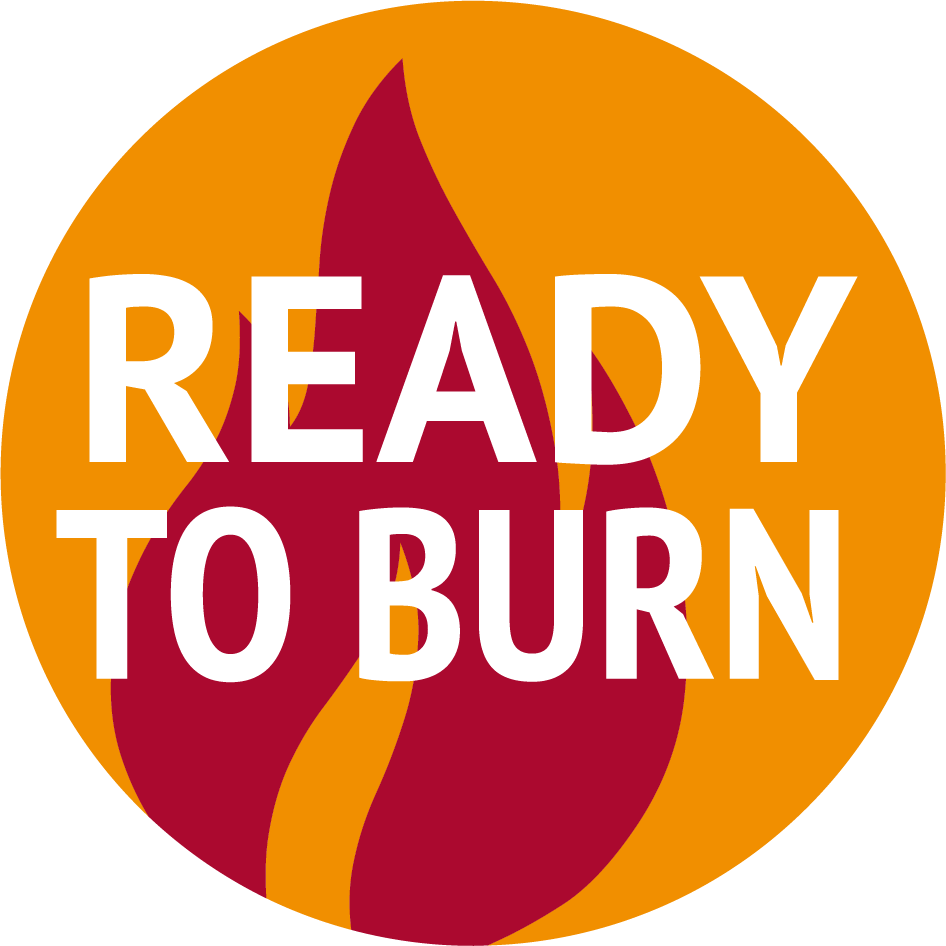 Wood that is sold for the purpose of burning in stoves needs to be RTB (Ready to Burn), meaning it has been tested and has a moisture content under 20 per cent. DEFRA appointed HETAS and Woodsure to run the RTB fuel certification scheme in order to achieve cleaner burning of wood.
Wood that is sold for the purpose of burning in stoves needs to be RTB (Ready to Burn), meaning it has been tested and has a moisture content under 20 per cent. DEFRA appointed HETAS and Woodsure to run the RTB fuel certification scheme in order to achieve cleaner burning of wood.
Smoke control areas
If you are in one of the nation's smoke control areas, you can view a map here, you must only burn fuel on the list of authorised fuels, or any of the following 'smokeless' alternatives, unless you're using an exempt appliance.
How do you maintain your open fire or stove?
Regularly maintaining your open fire or stove means it will perform better, using less fuel to produce more heat.
To properly maintain your appliance, you should:
• always use your open fire or stove in line with the manufacturer and installer’s guidance including only burning suitable fuels;
• make sure your open fire or stove is installed by a registered/certified installer - if you’re unsure whether your current system was installed correctly, you may want to consider having it serviced;
• get your stove serviced once a year;
• get your chimney swept at least once a year as soot and tar build up in your chimney over time, reducing its efficiency and increasing the risk of chimney fires.
To find a professional and/or registered chimney sweep near you, you can search online or click one of the following links; the Federation of British Chimney Sweeps website, the Sweep Safe website, or the HETAS website.





